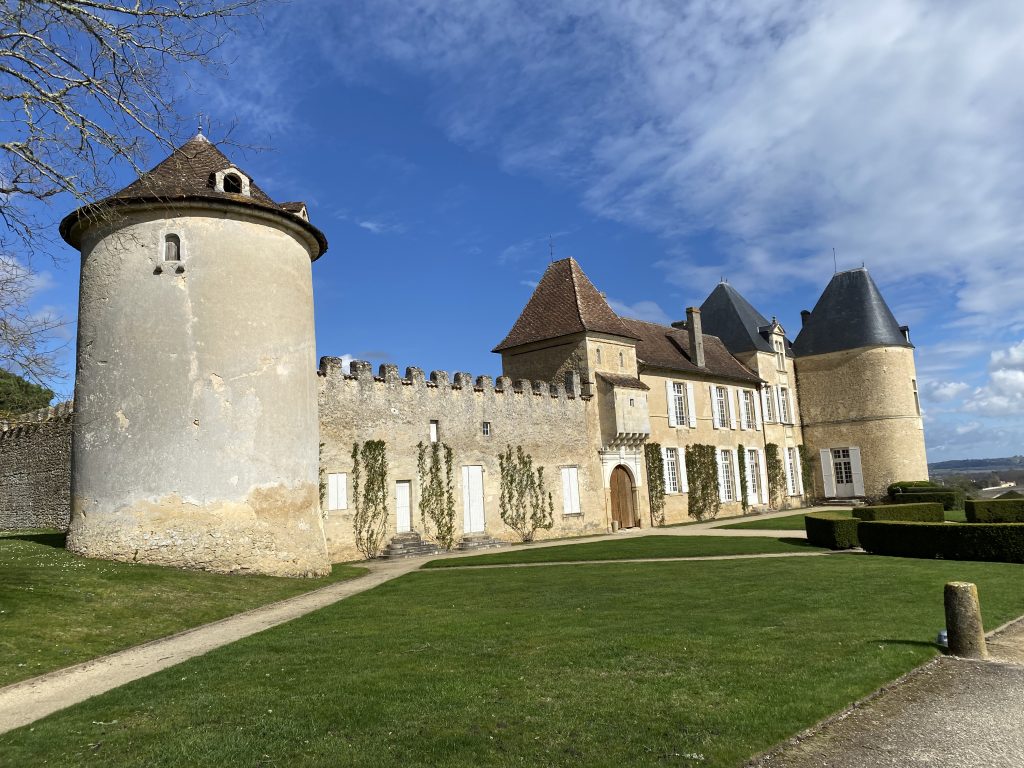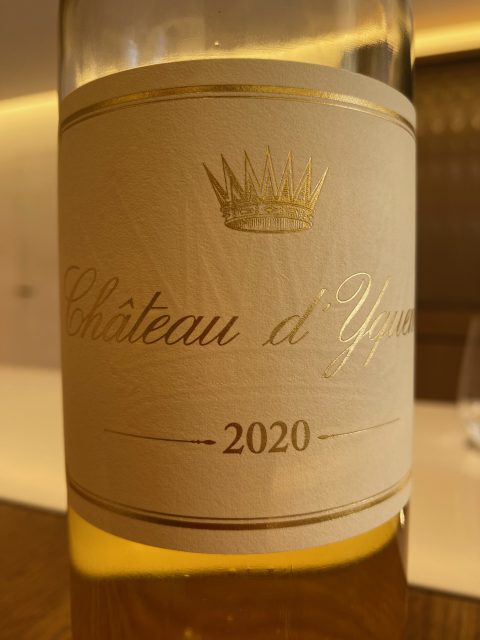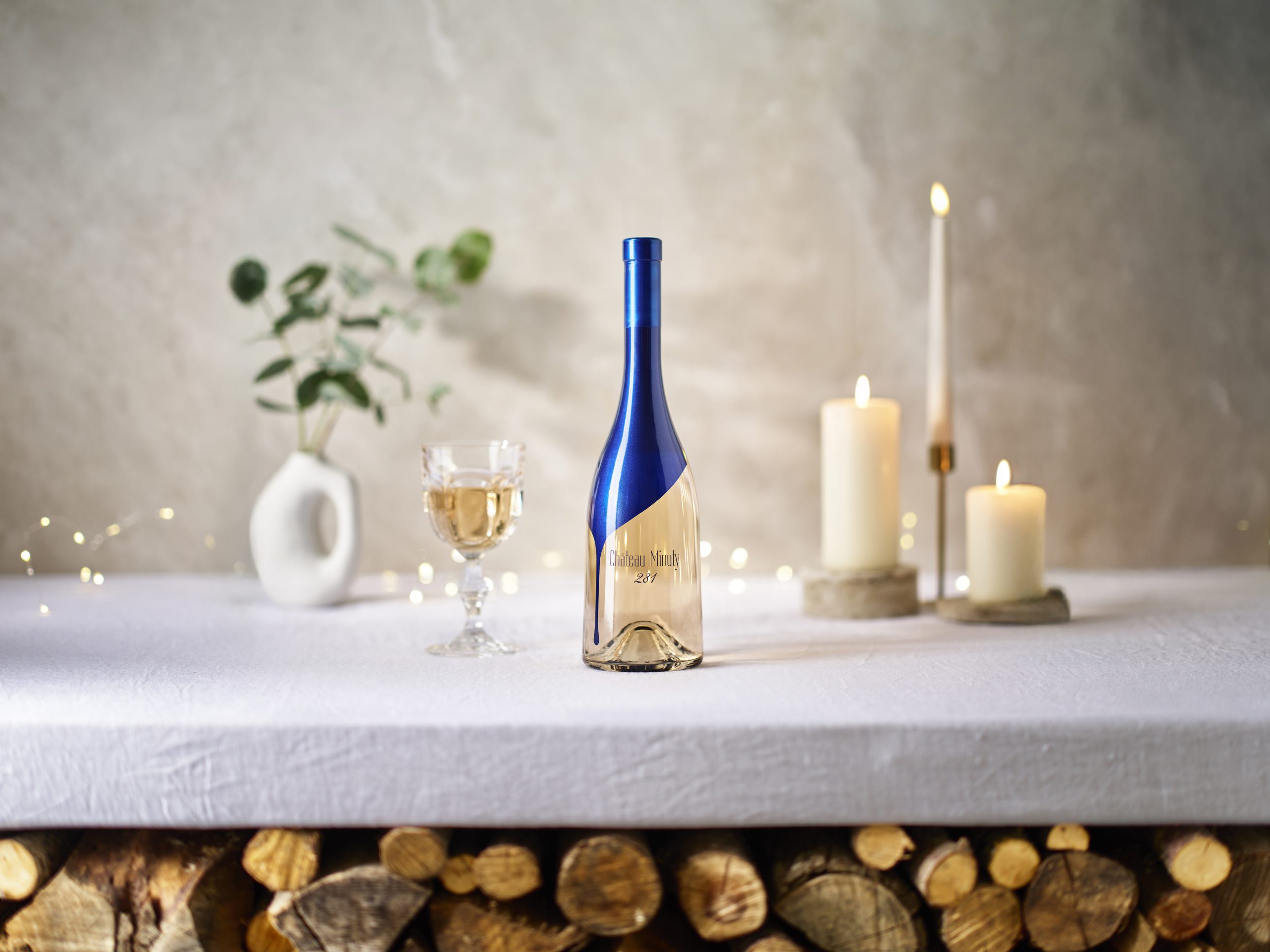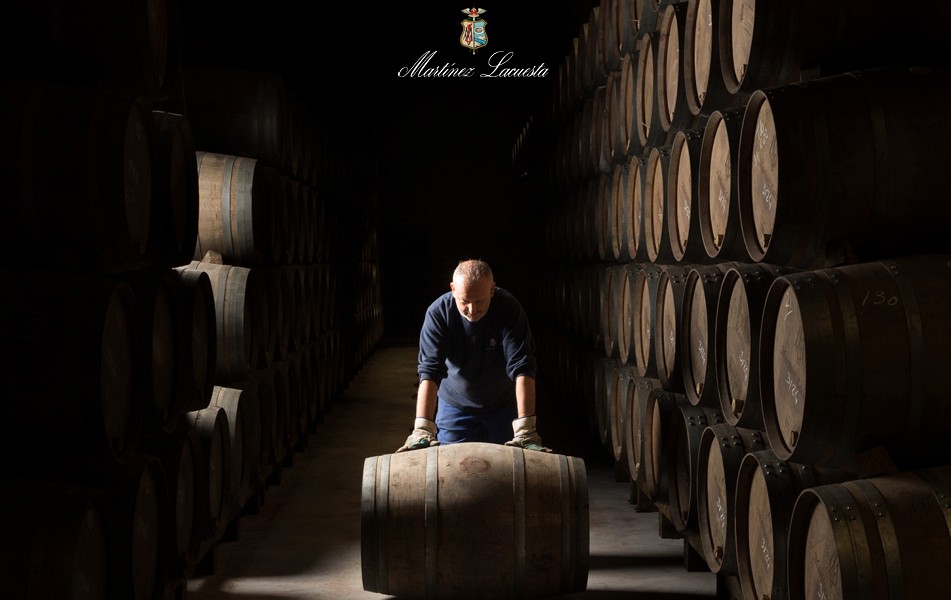‘Yquem day’ sees the spring release of the luminous and radiant 2020 vintage
db’s Bordeaux correspondent Colin Hay was lucky enough to make his annual pilgrimage to Château d’Yquem last weekend, talking at length to Yquem’s new estate manager Lorenzo Pasquini about the 2020 vintage and release strategy as well as tasting this most anticipated of releases.

This year’s ‘Yquem day’, which falls on the 23 March, will see the launch of the 2020 vintage of this most anticipated and iconic of wines.
Yquem day increasingly feels like an annual ritual and has rapidly become established as a key date in the Bordeaux calendar. Yet this is, in fact, only the second vintage to be released to the market in March. It is the result of a new strategy for the Château unveiled this time last year. Coming, as it does, just after the culmination of the ‘hors Bordeaux’ release season and a month before the opening of the en primeur tastings, Yquem’s release seems to herald the start of spring.
Yquem’s new strategy: an ‘at least once in a lifetime’ moment
As detailed by the drinks business a year ago, the move to a March release for Yquem marked part of a wider, multi-faceted strategy to make Yquem an ‘at least once in a lifetime’ moment.
Its first element is to separate the launch of Ygrec and Yquem, with the latter moving from its former date in the third week of September to a new date in the third week of March – ‘Yquem day’.
This brings with it a series of advantages for the property. First, it allows the wine either a little more élevage (if it needs it) or a little more time in bottle (if it doesn’t) before its market release. This in turn, allows Yquem to bring to market a wine that, as the 2020 vintage shows so well, is already serene, harmonious and brilliantly complete. Second, it separates the release of Yquem from that of Ygrec, making ‘Yquem day’ more a thing in itself. Thirdly, it makes Yquem physically available at the same time as the other first growths. And finally – perhaps most significantly – it allows the Yquem team to travel and promote the new vintage to the trade and to critics alike in the relative calm of the winter months.
That final point might not immediately seem very significant. But it is linked to and has facilitated a second part of the wider strategy for the promotion of the wine. That is to change, subtly, our pre-conceptions of Yquem and the associated mythology that has come to surrounds this most mythic of wines.
We tend to think of Yquem – or, at least, have tended to think of Yquem – as a wine whose near infinite capacity to age means that it is practically a crime to drink it young. That impression LVMH Vins d’exception are now keen to change… if just a little.
Without in any sense denying Yquem’s legendary longevity, they are keen now to re-present it as wine so balanced and harmonious in its complexity that it can be enjoyed and appreciated essentially from the moment of its release. That was certainly true of the 2019; it is even more true of the 2020. And that, of course, makes the timing of the release all the more essential. A March launch for the wine makes possible where it would not otherwise be possible a pre-launch campaign in which an already complete and accessible Yquem can be presented around the world.
Implicit in this is a belief in the idea (one that I share passionately) that the complexity of a wine like Yquem is something that is not so much acquired through ageing as something that is present from the start and that evolves over time. Put differently, the complexity of Yquem is built in the vineyard and the chai and essentially hard-wired from the moment of its inception even if it is expressed differently as the wine gradually ages in bottle – a capacity that is in itself a very part of that complexity.
Recast in this way it is very far from being a crime to pull the work on a young vintage. Indeed, the opportunity to encounter Yquem’s first flourishing of complexity is key to fully appreciating the identity (and arguably even the longevity) of the wine.
But crucially, and as Lorenzo Pasquini is keen to emphasise, this is not so much an argument for drinking Yquem early as it is an argument for drinking it at various stages in the evolution of that complexity. It is more a general reminder – from those who understand its secrets best – that Yquem’s complexity is accessible early. It should not be seen and is not intended as guidance on how best to appreciate this most noble and age-worthy of wines.
Partner Content
The Yquem lighthouse project
The accessibility of Yquem’s complexity in its youth is, in turn, linked to a further element of the new strategy for the promotion of Yquem – Yquem’s ‘lighthouse’ project. This, too, was launched last year and has changed only in that it has been further expanded in anticipation of the 2020 release.
It sees Yquem identify and work closely with a series of high-profile partners – each wine-oriented restaurants or hotels around the world (many but by no means all of them Michelin starred) – in the promotion and presentation of the wine.
These so-called ‘lighthouses’ offer, invariably in large format, either the new release or back vintages of Yquem (in some cases from the 1980s) to their customers matched either with a specific dish (only rarely a dessert) or an experience of a singular kind.
The idea is, again, to demystify Yquem by making it accessible, by providing opportunities for its experience by those able and enthusiastic to present it in the perfect conditions and, in so doing, to celebrate its excellence in the construction of a memorable first (or repeat) encounter.
There are now 45 Yquem lighthouses (up from 30 a year ago). Of these, there are 12 in China, 10 in the US, 6 in France, 5 in the UK and one each in a large numbers of countries in every continent (from Hong Kong to Australia, Japan to Dubai, Greenland to South Africa). And there is also a mobile lighthouse – more of a light-ship or, indeed, a light-train, perhaps – the Orient Express.
The idea started with an approach from Le Caprice in Hong Kong where, so successful has this proved, that the restaurant’s signature canard à l’orange pairing with Yquem has seen the corks drawn from no fewer than fifty 6L bottles of Yquem in the last 2 years, each dating from vintages in the 1980s in the last 2 years.
Yquem 2020
2020 was by no means an easy vintage for Sauternes and Barsac. An early start, considerable mildew pressure in an extremely wet and humid late spring and early summer, a hot and extremely dry late summer followed by a complex harvest period requiring considerable patience and a certain amount of risk contributed to low and variable yields. The spring and early summer were amongst the wettest ever recorded and, crucially for Sauternes, the month of October was the fifth wettest since 1896 (when the data was first recorded). Sigalas Rabaud and Climens, of course, produced no wine at all, Suduiraut achieved a measly 8hl/ha and de Fargues just 3 hl/ha.
Yet, as is so often the case, Yquem’s unique – and here, above all, uniquely well-aerated – terroir helped it rise above the difficulties of the vintage. Yquem has sometimes been fondly referred to as a machine à vent (a wind machine) and that helped reduce the impact of mildew pressure in the first part of the vintage just as it helped the passerillage (the natural concentration of the ripe grapes) and the further concentration after the late onset of botrytis at the end of the vintage.
That Yquem’s final yield of around 10 hl/ha is almost a third lower than the preceding vintage and just a little below the appellation average for 2020 is, then, rather more a consequence of the selectivity of the picking of both passerillé and fully botrytized grapes than it is a consequence of losses due to mildew. But it is also a reflection of the tiny window of opportunity (just five days) for the harvest of botrytized grapes before the return of the rain in mid-October. There was, as Lorenzo Pasquini again explained to me, simply no time to wait for the optimal concentration of the grapes following the late onset of the botrytis. The result (unlike, say, in the 2022 vintage) is a wine of delicacy rather than of sheer power born of great concentration.
Tasting note

Tasted at Château d’Yquem with Lorenzo Pasquini on 18 March 2023.
- Yquem 2020 (Sauternes; 75% Semillon; 25% Sauvignon Blanc; a final yield of around 10 hl/h and hence 44k bottles in comparison to 60k for the 2019; 135 g/l of residual sugar; picked, essentially, in two tries (a tri is a a ‘sweep’ through the vineyard picking grapes), the first of passerillé (the grapes that have been left to dry on the vine) and the second of botrytized grapes; 14% alcohol). The return to quite a traditional blend for Yquem. Golden highlights and, in the sunshine, a splash of buttercup. Joyous, very open and immediately expressive aromatically, this feels fully-formed and, from the very first encounter, complete, harmonious and supremely integrated (an impression only reinforced as the wine opens in the glass). The nose is rich, sweet and enticing, with a sparkling, lifted, bright, crisp fresh feel to it – the very pure and precise fruit very much the star of the show. The botrytis notes are present, but a little restrained (much more so than in the 2019, for instance) and the complexity is constructed differently than in a richer and more concentrated vintage with multiple tries of botrytized grapes. This is a wine of purity and precision, the botrytis element bringing a subtle additional complexity without ever dethroning or detracting from the apricot, white pear, apple skin, peach skin, candied apple and tropical fruit. There’s a tiny hint of wild strawberry and just a trace of orange blossom and elderflower – but this is much less floral aromatically than the 2019. There’s buttered brioche, saffron, buttercup, heather honey, candyfloss and toffee apple, marzipan and frangipane and a panoply of subtle citrus notes – fresh, confit and pressé – bringing tension and accentuating the detail and definition. There’s also a delicate hint of roasted langoustine shell. This is super-soft and diaphanous on the entry, cooling in the mouth from the delicacy, purity and precision of the fruit. It is rich and yet fluid and dynamic and there’s a lovely evolution over the palate. The acidity acts like the tannins in a chiselled red wine, engaging slowly but with purpose to shape and structure the flow of the wine over the palate, drawing the core back to a well-defined central spine and, in the process, revealing more and more of the ever more perfectly detailed apricot fruit (like an image moving into focus). It’s a little like the building and then breaking of an Atlantic roller, with a profoundly apricot-scented plume of spray released as the acidity (and, indeed, salinity) grips the wine. In form and personality this has much more in common with the very best red wines of the vintage than the whites, with lovely clarity, tension and poise. Sumptuous, joyous, silkily textured and energetic, but above all luminous and crystalline with great precision and purity. The touch of fleur de sel elongates the juicy, sapid finish leaving just the pure fruit as a wondrous memory in the empty glass. 97.
Related news
Castel Group leadership coup escalates
For the twelfth day of Christmas...
Zuccardi Valle de Uco: textured, unique and revolutionary wines




